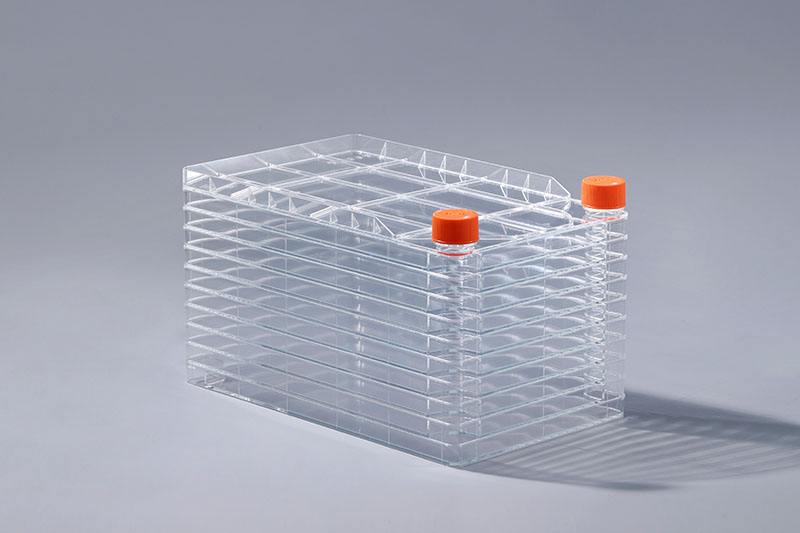細胞毒性は、細胞死のメカニズムとしてアポトーシスや壊死に依存しない、細胞や化学物質によって引き起こされる純粋な細胞死のイベントです。このテストにより、細胞工場の原材料に細胞増殖を促進しない物質が含まれているかどうかを判断できます。
細胞毒性は、化学物質(薬剤)が基本構造に及ぼす影響であり、 /または細胞の生理学的プロセス、例えば細胞膜または細胞骨格構造、細胞代謝プロセス、合成、細胞成分または生成物の分解または放出、イオン調節および細胞分裂および他のプロセス、細胞の生存、増殖および/または障害につながる機能し、有害反応を引き起こします。一般に、細胞工場が細胞毒性であるかどうかのテストは、次の方法で行うことができます:
1。 MTTおよびXTT法:ミトコンドリア内の酵素の活性を使用して、特定のテトラゾリウム塩を変換し、マイクロプレートリーダーで検出できます;
2。 LDH法:細胞毒性は、細胞培養上清中のLDHの酵素活性を検出することによって検出されます;
3。その他の酵素的方法:上清中のアルカリホスファターゼおよび酸性ホスファターゼの活性の検出など;
4。細胞増殖分析キット:正常細胞は代謝が活発で、ミトコンドリア内のコハク酸デヒドロゲナーゼはテトラゾリウム塩(MTT、XTT、WST-1など)を紫色の結晶性物質に還元し、細胞の周囲に沈着させてからODを読み取ります。細胞増殖状態を検出するためのマイクロプレートリーダーによる値。
5。フルオレセイン発光法による細胞生存率の検出:アデニル酸キナーゼ(AK)は、すべての真核細胞および原核細胞の細胞質に存在し、AKはADPを活性化してATPを生成することができます。細胞が損傷すると、細胞膜が損傷し、AKが培養上清に放出されます。このキットは、ルシフェラーゼとルシフェリンを使用してATPの作用下で発光し、化学発光装置で定量的に検出できます。
細胞工場に細胞毒性があるかどうかのテストは、いくつかの方法で実行できます。このテストも1つです。細胞培養消耗品の品質を保証するための定期的なテスト項目。
The FAI climbed 5.9 percent year-on-year in the first 11 months of 2018, quickening from the 5.7-percent growth in Jan-Oct, the National Bureau of Statistics (NBS) said Friday in an online statement.
The key indicator of investment, dubbed a major growth driver, hit the bottom in August and has since started to rebound steadily.
In the face of emerging economic challenges home and abroad, China has stepped up efforts to stabilize investment, in particular rolling out measures to motivate private investors and channel funds into infrastructure.
Friday's data showed private investment, accounting for more than 60 percent of the total FAI, expanded by a brisk 8.7 percent.
NBS spokesperson Mao Shengyong said funds into weak economic links registered rapid increases as investment in environmental protection and agriculture jumped 42 percent and 12.5 percent respectively, much faster than the average.
In breakdown, investment in high-tech and equipment manufacturing remained vigorous with 16.1-percent and 11.6-percent increases respectively in the first 11 months. Infrastructure investment gained 3.7 percent, staying flat. Investment in property development rose 9.7 percent, also unchanged.
 English
English



















































